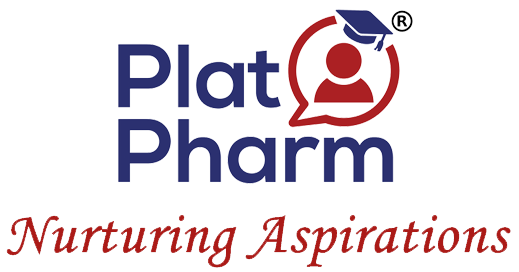Biopharmaceutical market is going rapidly. In 2016, biopharmaceutical sales (excluding vaccines) reached U.S.$163 billion, a 5.8% increase since 2015 and a 102% increase since 20081. It is believed that this market has great potential for further dynamic growth. The global biosimilars market was worth $7.79 billion in 20192.
The growing competition for First to Market is building timeline pressures and demanding quick optimization of the bioprocesses. With the increasing demand for development of large molecules, there is continuous increase in the complexity of the processes. This has created a need for the scalable, adoptable and flexible processes. Every step of the whole bioprocess is critical to the integrity of the product.3
Biopharmaceutical process involves liquid-liquid and solid–liquid mixing of pharmaceutical ingredients from intermediate to final drug products. It also includes multiple single-use process steps such as media and buffer preparation, cell harvesting, filtration, purification and virus inactivation. The extreme clean environmental requirements and the QbD approach demands time-consuming and costly steam-in-place (SIP), clean-in-place (CIP), and cleaning validation as a part of the biopharmaceutical processing.
The single-use system eliminates this hassle. This results in more efficient processing and rapid batch-to-batch turnover time.
- Reduced time and cost to set up, maintenance, and cleaning of a bioreactor vessels as compared to the traditional one.
- More flexibility and easy scalability with volumetric capacity spanning from a few liters to thousands of liters of reaction product.
- Easy transportation process, as single use systems and bags are composed of advanced polymers and are lighter than traditional systems.
- Ease of storing reagents and media suspensions and cell cultures.
- Reduced potential contamination and risk of cross contamination
- No risk of reaction damage posed by extensive holding times as might be encountered in a traditional steel bioreactor system.
- Increased accuracy
- Faster production activity
- Ready to use approach
- Ease of cleaning validations and sterilization concerns
The single-use mixers use the single-use liners and bags which present an immediate advantage as they are sterile and prevent any form of cross-contamination from batch to batch. This reduces batch to batch changeover time. Single-use bioprocess bags are the integral part of the Single-use Mixers and provide an easy way to enhance the productivity. It is possible to develop continuous processes because of the flexible configuration of single-use bioreactor bags resulting into higher yield in the smaller vessel volume.
These bioprocess bags are strong and durable to withstand human and machine handling. These are also temperature resistant. They are available in variety of sizes to suit your unit operation.
Single use mixers are gaining popularity since it brings about ultimate reduction in capital costs, reduction of floor space used, and a reduction in cost of goods. In case of lengthy manufacturing processes, implementation of single-use system can improve upon ease of set up and use, reaction monitoring, as well as cleaning and disposal. It also helps in significant cost saving due to better reaction quality, reduced number of steps and higher production recovery.
In the next part, we will discuss about automation of Single-Use Mixers.
- “Progress in biopharmaceutical development” Biotechnol Appl Biochem. 2018 May-Jun; 65(3): 306–322.
- 2020 Biosimilars Market Insights with a Review of 2015-2019 – Research and Markets.com, April 17, 2020 12:46 PM Eastern Daylight Time
- Mason C, Hoare M. “Regenerative medicine bioprocessing: building a conceptual framework based on early studies”. Tissue Eng. 2007; 13:301 – 11.

